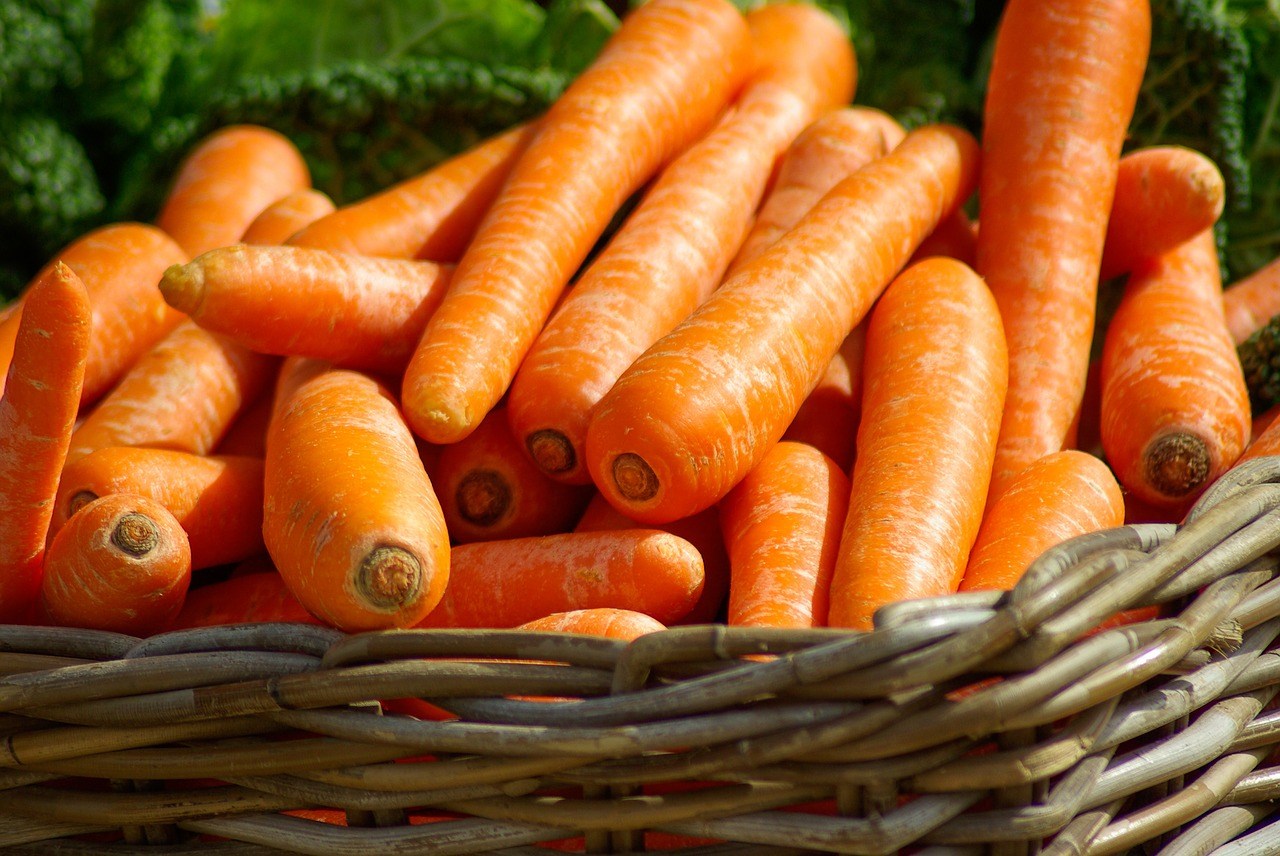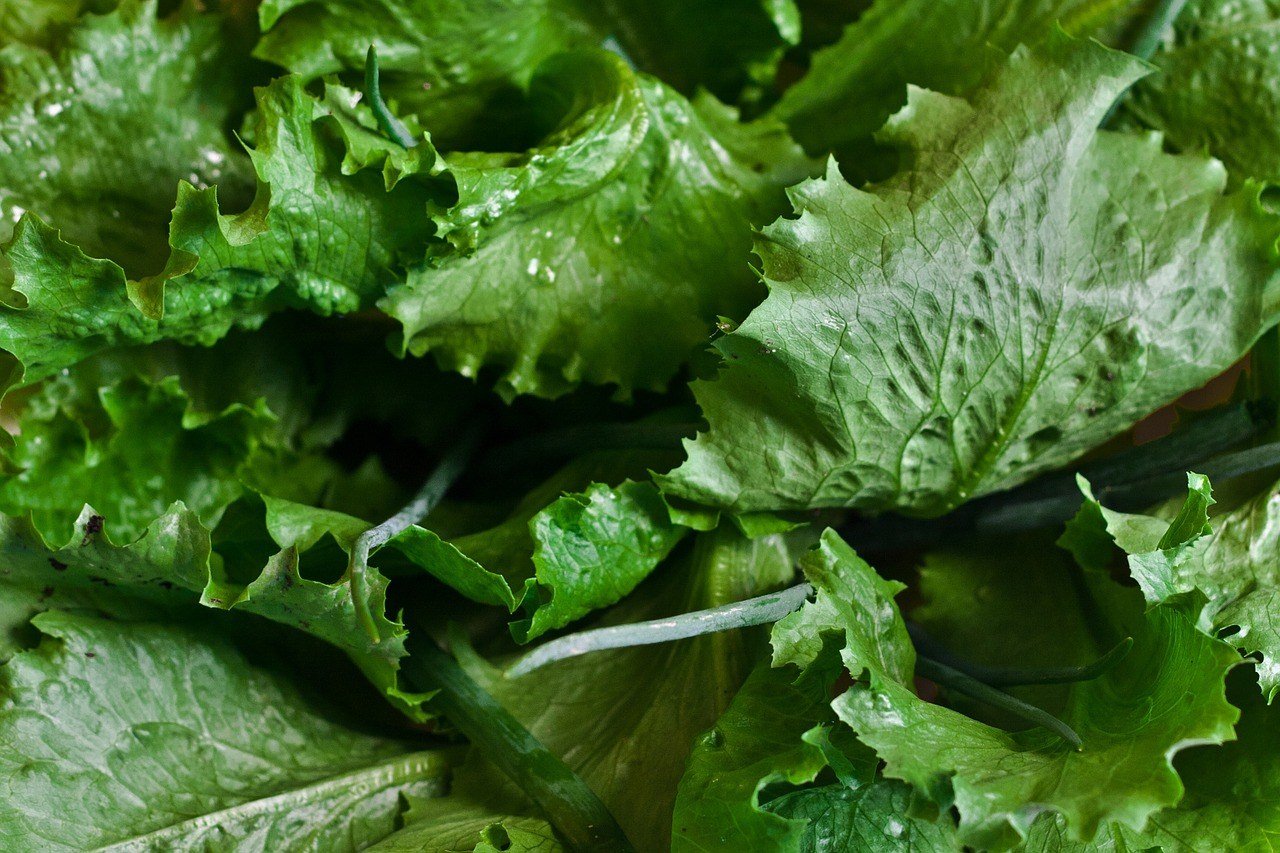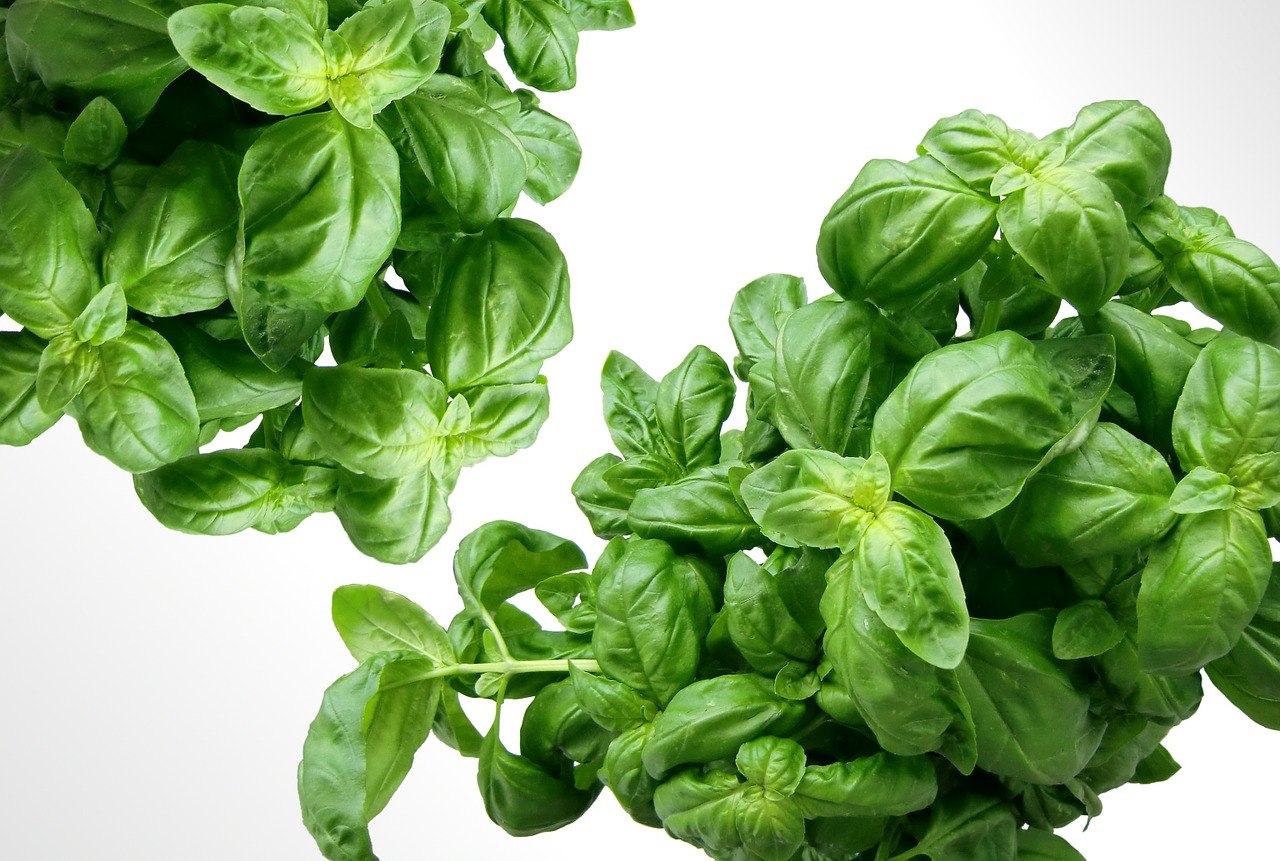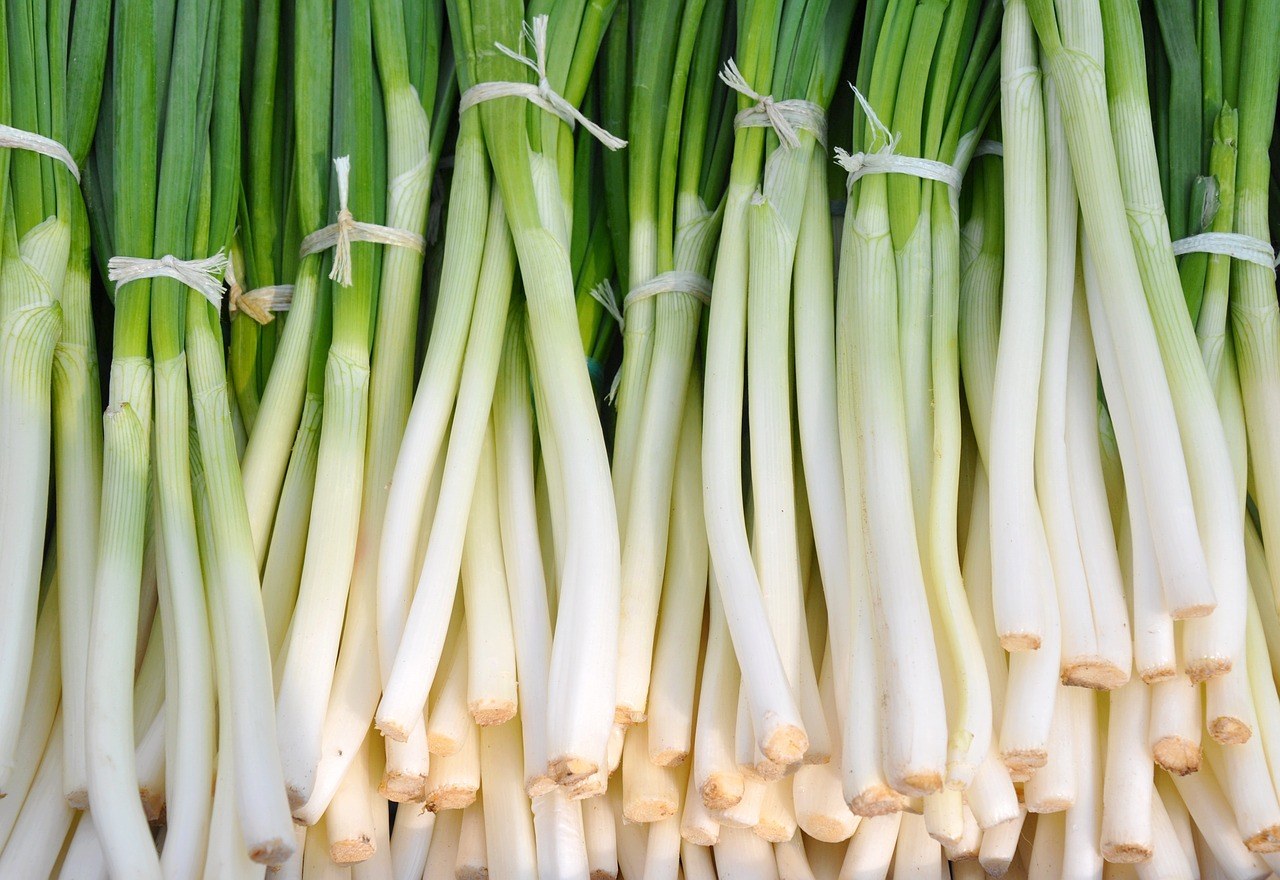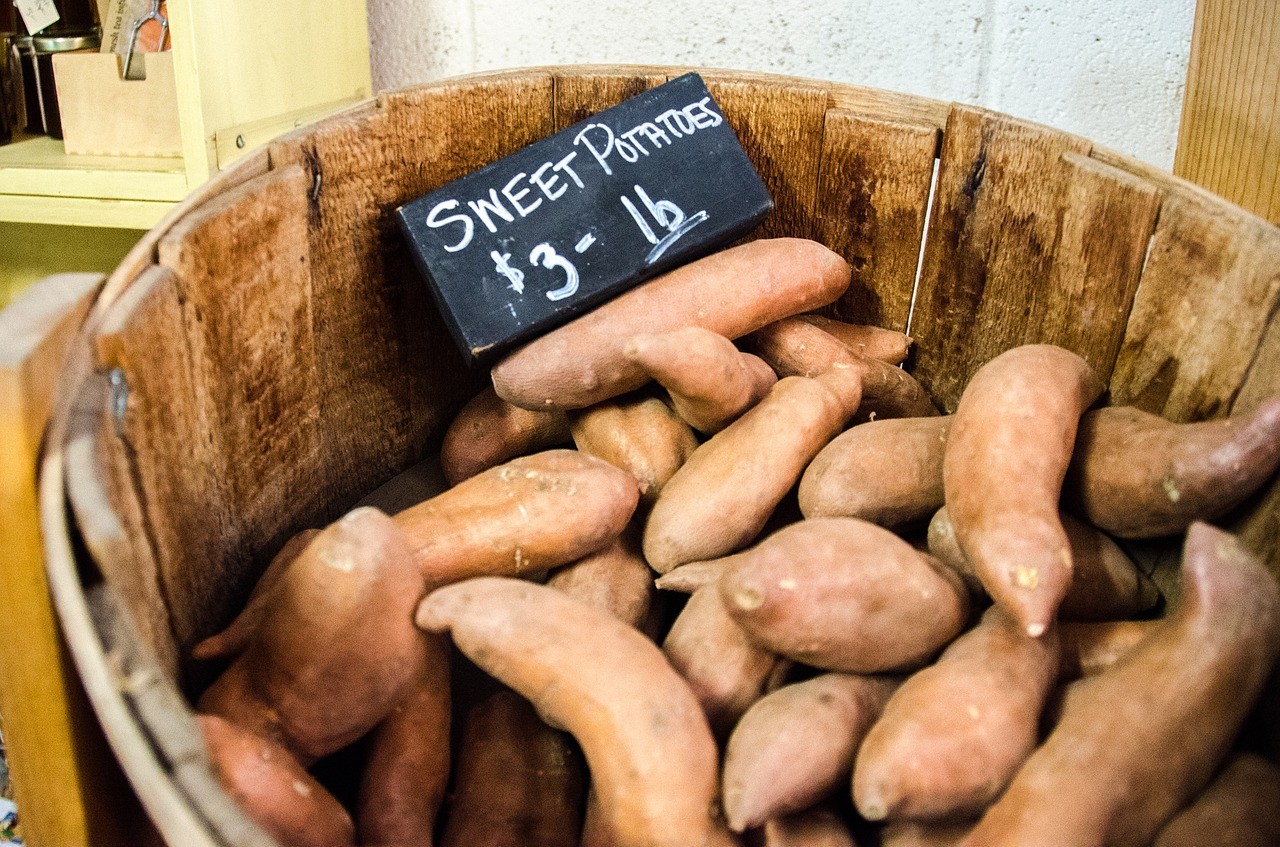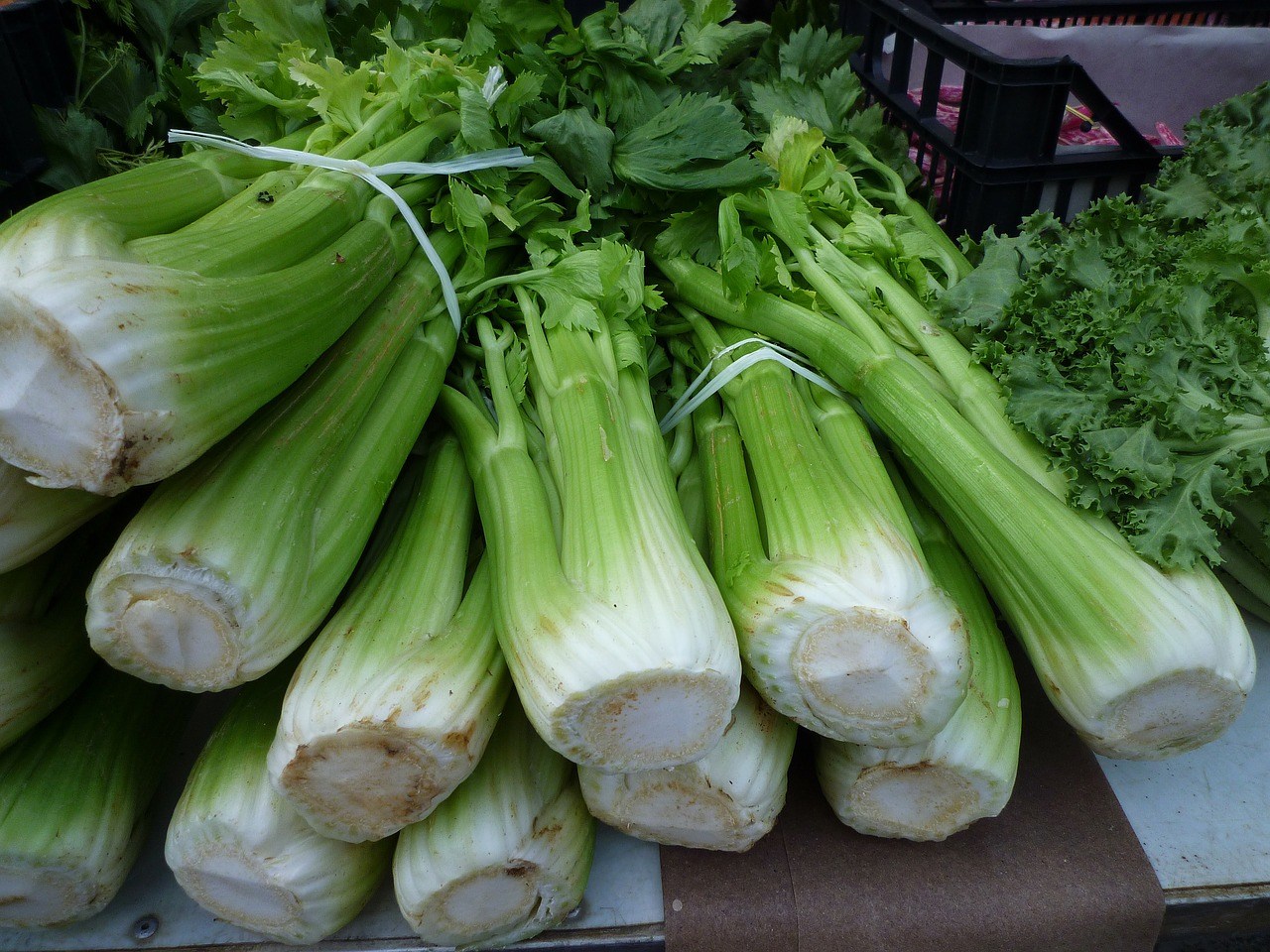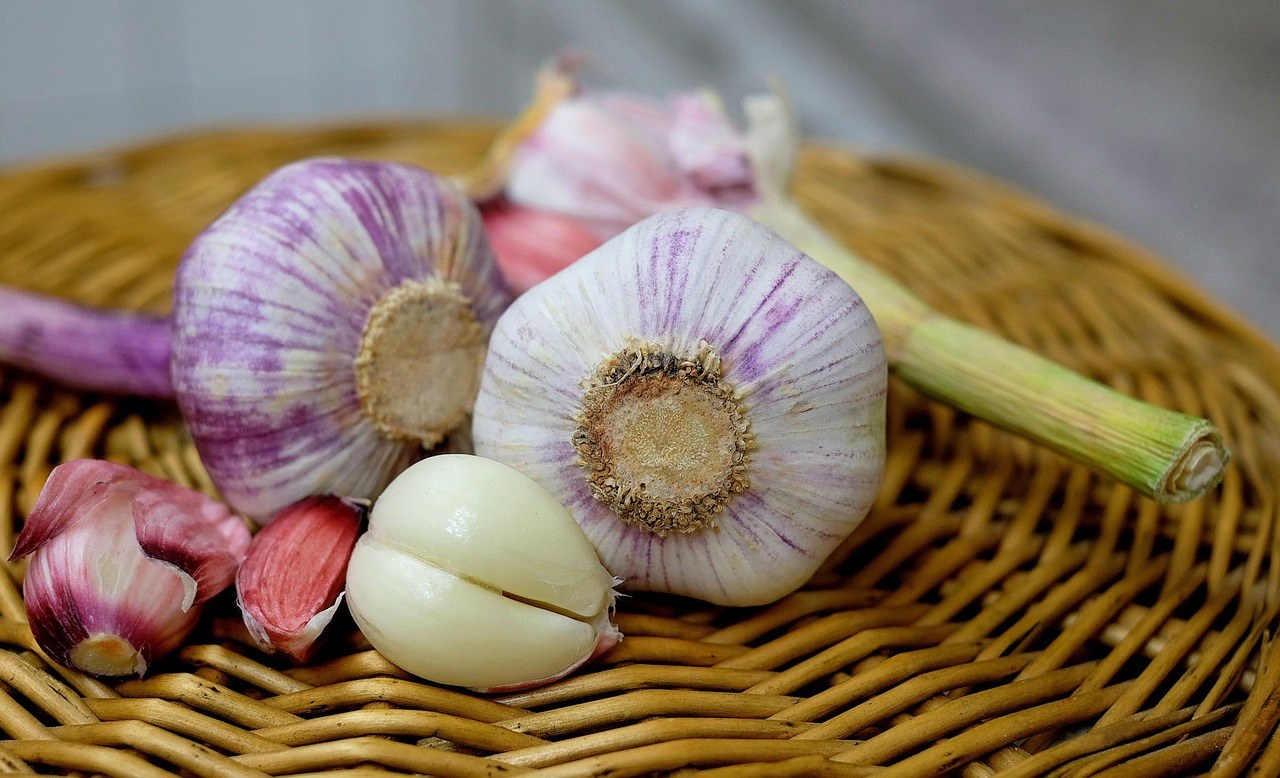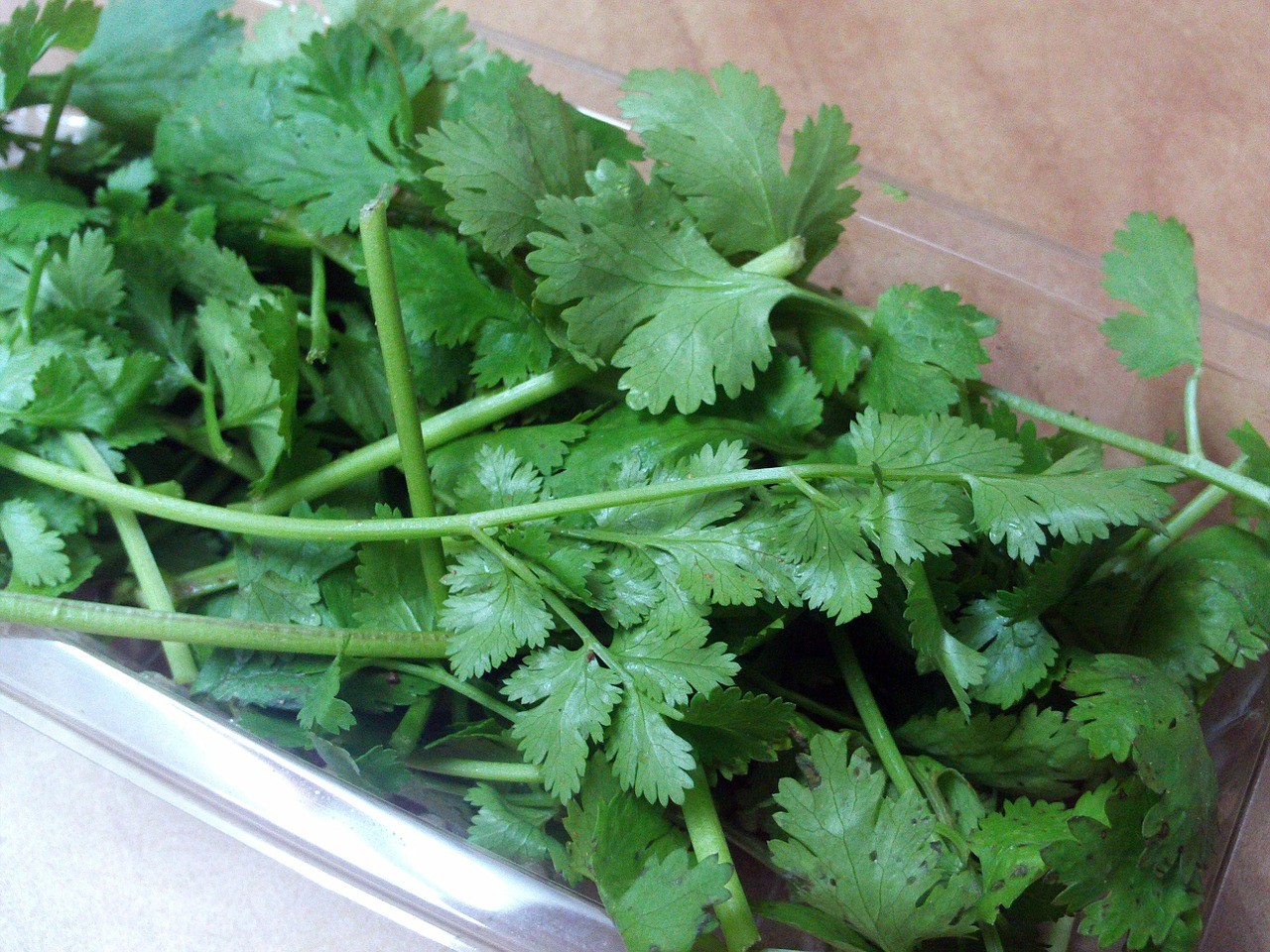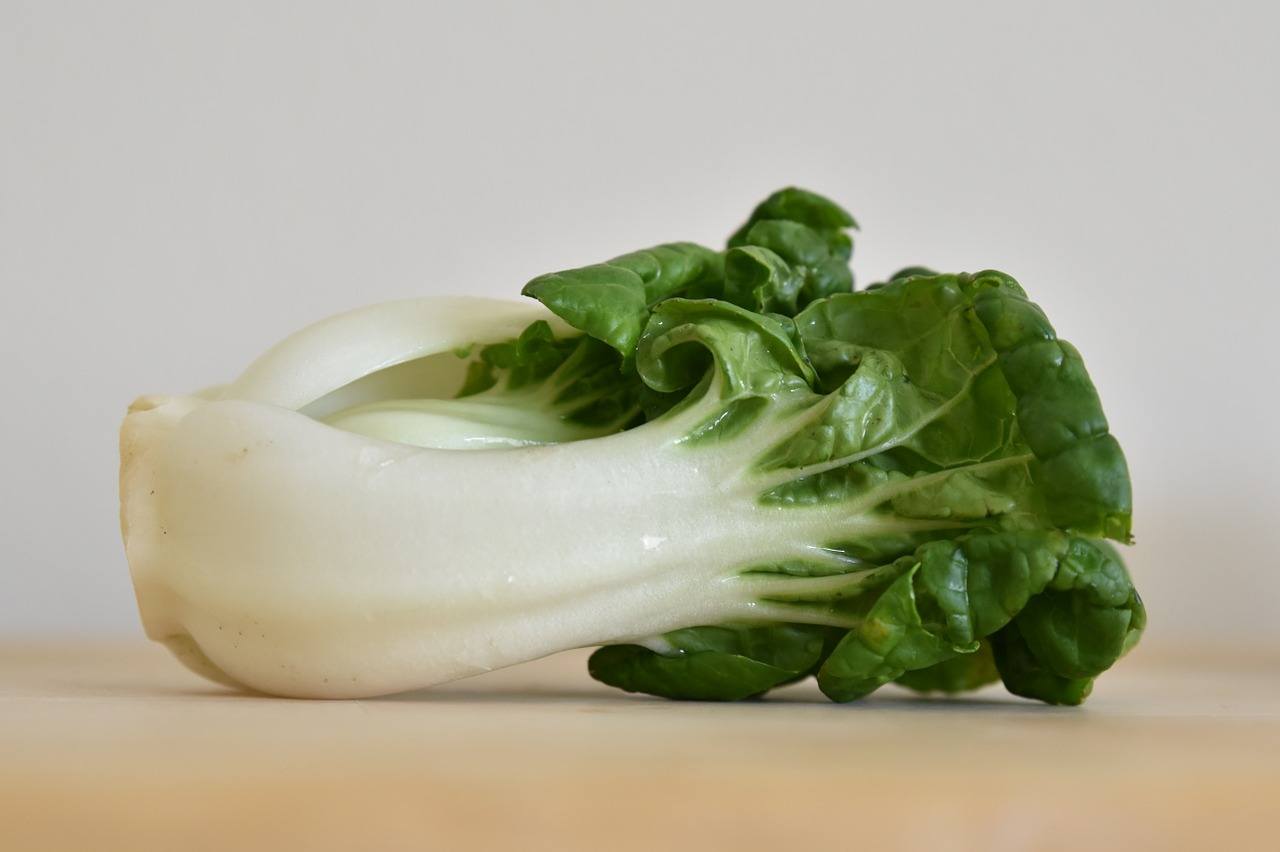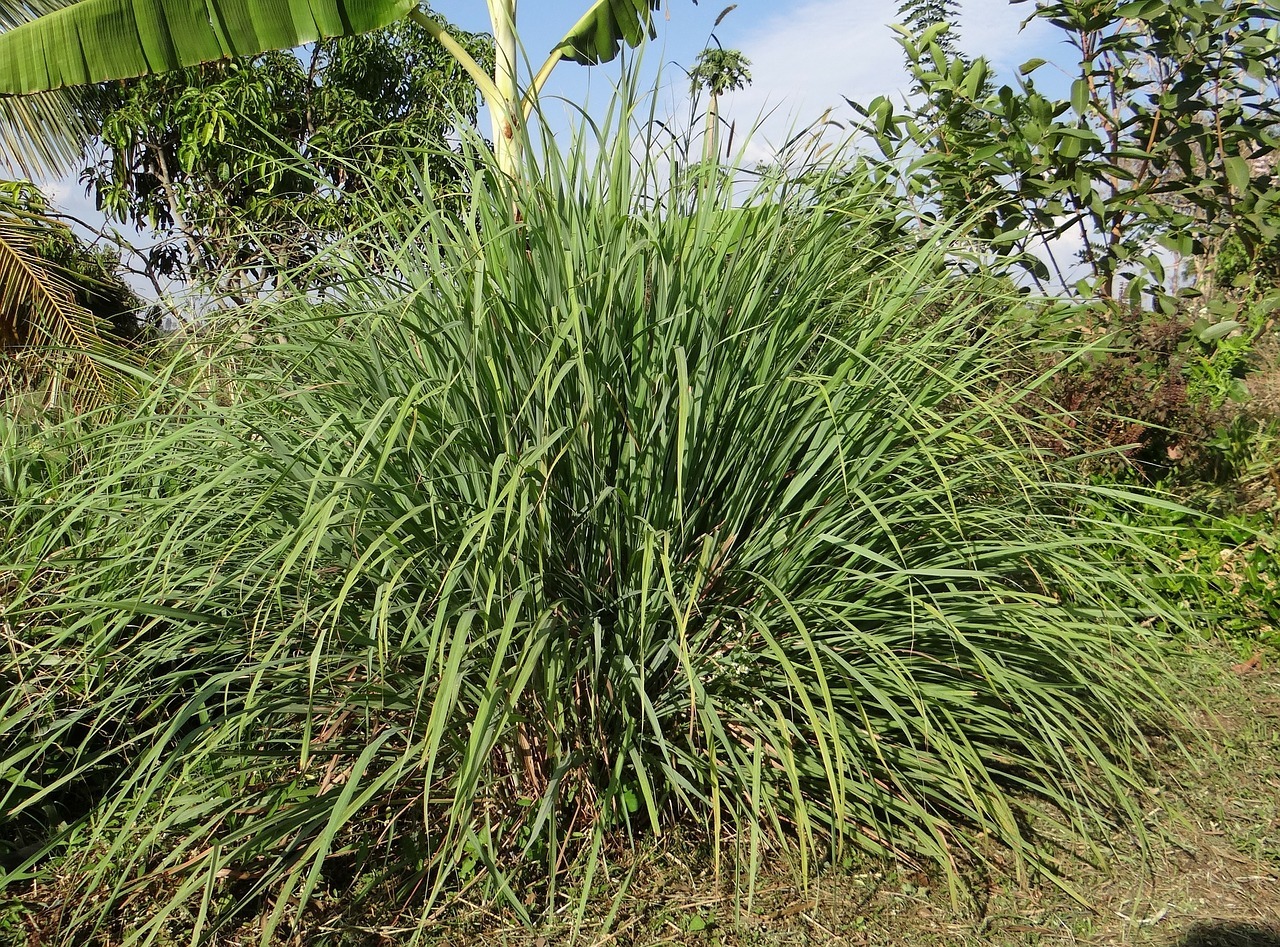1. Carrots
Rich in powerful antioxidants like beta-carotene and vitamin C, carrots are antioxidant rich veggies that will help your vision and reduce your risk of macular degeneration, a serious eye disease which is a leading cause of blindness. These antioxidants also protect against other chronic conditions like heart disease. To grow carrots at home, simply place the carrot tops (bottom side down) in a shallow dish of water and place on a sunny window sill. Transfer them to a container when they begin to take root.
2. Romaine Lettuce
Romaine lettuce is not only delicious, it is high in fiber (to improve your digestion and decrease the risk of constipation), calcium (for healthy, strong bones and teeth) and iron (for the red blood cells needed to delivery oxygen to all the cells in your body). It is also a good source of omega-3 fatty acids, which reduce inflammation and promote heart health. Romaine lettuce can be grown by putting the stumps of the plant in a half-inch of water. After a few days, new leaves and roots will appear and they can then be transferred to a container with soil. You will be surprised at how tall these new plants can grow!
3. Basil
Basil not only gives Italian and other Mediterranean meals a lot of zest, it is also an incredibly healthy herb. It is full of plant-based compounds called phytochemicals which help control anxiety levels by reducing cortisol, a stress-related hormone that can lead to weight gain, especially around the abdominal area. Basil plants can be started using cuttings with around 3-4 inches of stem. Place those stems in a glass of water and place in a sunny window sill. Transfer to a pot when the roots get around 2 inches long.
4. Green Onions
Green onions are another incredibly healthy vegetable and are rich in vitamin A: the body uses this to make rhodopsin, which supports eye health by reducing night blindness as well as the chance of injuries like corneal tears. In order to grow your own green onions, simply stick the stub of the plant in a glass of water: the onions will re-grow quickly and it is not even necessary to plant them!
5. Sweet Potatoes
Sweet potatoes are a great source of vitamins A and C, antioxidants like beta-carotene and a ton of fiber. And because they don’t spike up the blood sugar, they are a wonderful potato substitute for diabetics. Cultivating sweet potatoes is simple. Place the sweet potatoes in a jar of water in the sunlight and wait until it begins to sprout. Wait until those sprouts are around 5 inches long and then transplant them into a large pot with at least 10 inches of soil. You will need a large container for this project.
6. Celery
Celery brings with it some unique health benefits. It is a natural diuretic, which means that it can help you to take off water weight naturally and is also rich in potassium, which helps to balance out the effects of sodium on the body and lowers the blood pressure to healthier levels. In order to start your own celery plants, chop off the base of the plant and place in a small bowl of warm water in the sunlight. Leaves will begin sprouting up in 5-7 days, after which you should transplant it to a container.
7. Garlic
Garlic is one of the healthiest vegetables you can add to your diet. It strengthens your immune system to make minor infections like flus and colds less likely and also promotes heart health through lowering blood pressure and cholesterol levels. To grow garlic at home, allow sprouts to form from the individual cloves of garlic. Once they sprout, place them in a glass of water to grow then transplant to a container.
8. Cilantro
Essential to many Mexican and Southwest dishes, cilantro also has some unique health benefits. One of them is that it helps the body detoxify from heavy metals like lead and arsenic which can have a harmful affect on the body. It can also help to promote heart health and improve quality of sleep. Growing cilantro is easy. Place cilantro stems in water to let them grow on a sunny window ledge before transferring them to a pot.
9. Bok Choy
Bok choy is another surprisingly healthy veggie. It is rich in nutrients like vitamin K (to help the blood clot if you get cut), calcium (for strong bones and teeth) and sulfur compounds that have been proven to reduce the risk of many forms of cancer, including breast cancer. To begin bok choy at home, place its root end in water in a well-lit area and after 1-2 weeks, transfer it to a container on a sunny windowsill.
10. Lemongrass
A staple for Thai and Southeast Asian cuisine, this herb also has some great benefits to recommend it. Starting lemongrass at home is also pretty easy. Just place the stalks in a glass of water (changing it every 1-2 days), then transfer to a pot. Make sure they are in a sunny area. So try some of these at home: soon enough, you will have your own little windowsill garden, perfect if you live in town or in an apartment and want to be able to grow some of your food in a fairly small space. This can not only save you a lot of money, it can also give you the joy of harvesting your own fresh foods pretty much year-round and improve your overall health with the fiber and important vitamins and minerals these vegetables will give you.
